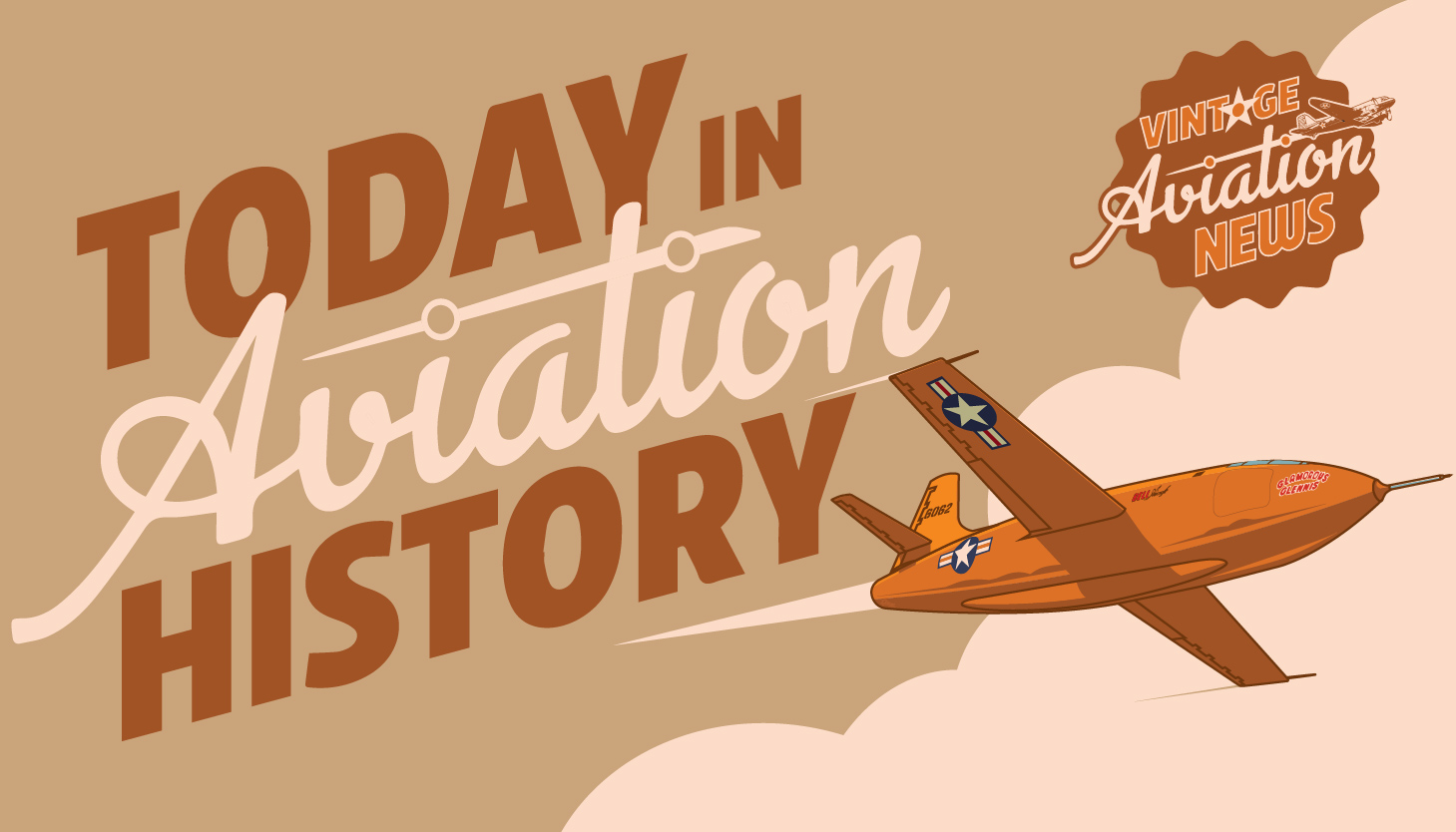On this day in aviation history, October 10, 1956, the Lockheed L-1649 Starliner made its first flight. The Starliner was the final model in Lockheed’s commercial Constellation line, developed as a response to the Douglas DC-7C Seven Seas. The aircraft’s development began with the L-1449 design, intended to be powered by four 5,500-horsepower Pratt & Whitney PT2G-3 turboprop engines, and the L-1549, which would have used Allison engines. However, prospective operators, including TWA, found that these concepts would not be financially viable. As a result, the less ambitious L-1649 design was pursued instead.

The L-1649 featured a new 150-foot wing, a fuselage derived from the L-1049G, and four 3,400-horsepower Wright R-3350 988 TC18-EA-2 Duplex-Cyclone 18-cylinder radial engines. These engines allowed for a maximum speed of 377 miles per hour, with typical cruising speeds around 290 mph. The aircraft had a range of 4,290 to 5,370 nautical miles, depending on payload, enabling nonstop flights from California to Europe. The Starliner was flown by a crew of five and could carry up to 99 passengers, with a service ceiling of 23,700 feet.

The Starliner entered airline service in 1957. Trans World Airlines operated the aircraft with pride, referring to it as the Jetstream. TWA used the Starliner for long domestic routes as well as transatlantic flights from New York. Air France and Lufthansa were also notable operators. In Alaska, some Starliners served in cargo and charter operations into the 1980s. Between 1956 and 1958, Lockheed built 44 Starliners. Four survive today. N7316C (c/n 1018) was intended for an airworthy restoration by Lufthansa for commercial operations, but plans changed, and it now resides in shelter at Paderborn-Lippstadt Airport. N8083H (c/n 1038) was restored to static display in TWA livery and serves as a centerpiece at the TWA Hotel at JFK Airport in New York.



























